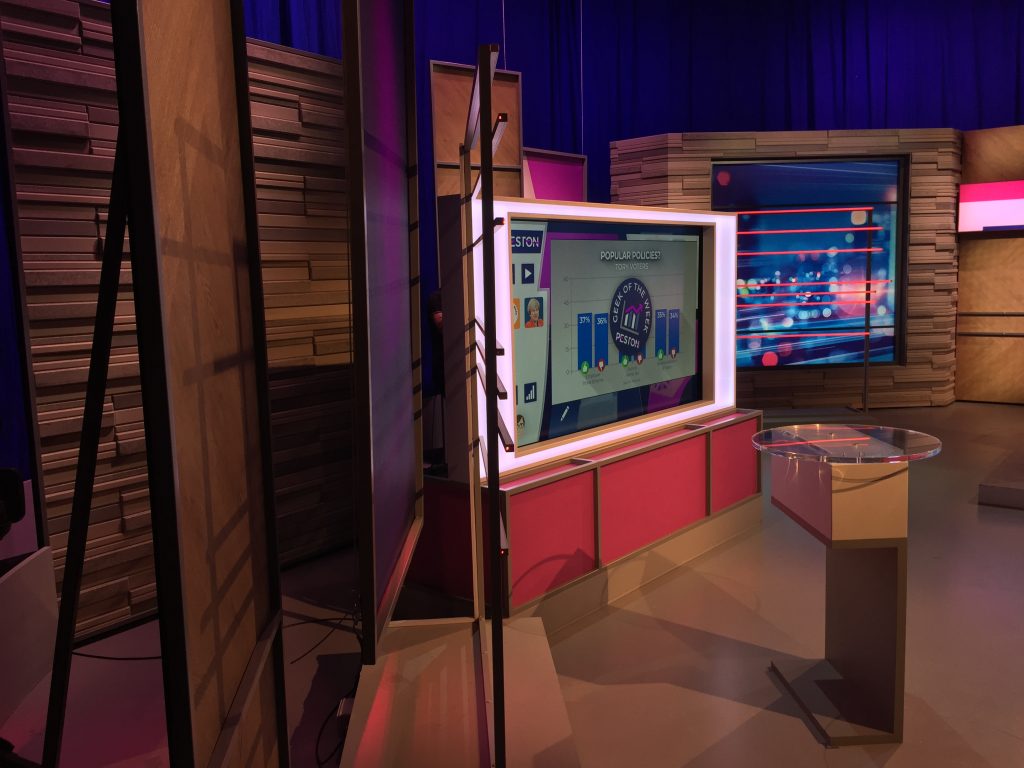
- #NEW MOUSEEVENT SCREENX SCREENY HOW TO#
- #NEW MOUSEEVENT SCREENX SCREENY WINDOWS 10#
- #NEW MOUSEEVENT SCREENX SCREENY CODE#
The definition of 'MouseEvent.sceenY' in that specification.
#NEW MOUSEEVENT SCREENX SCREENY HOW TO#
Please check out the example program on how to use the MouseEvent screenY Property. Document Object Model (DOM) Level 2 Events Specification The definition of 'MouseEvent.sceenX' in that specification. The event.screenY property returns the vertical coordinate (offset) of the mouse pointer in global (screen) coordinates. Working Draft: No change from Document Object Model (DOM) Level 2 Events Specification. The screenX read-only property of the MouseEvent interface provides the horizontal coordinate (offset) of the mouse pointer in global (screen) coordinates. No change from Document Object Model (DOM) Level 2 Events Specification.ĭocument Object Model (DOM) Level 2 Events Specification The definition of 'MouseEvent.screenX' in that specification. The definition of 'MouseEvent.screenY' in that specification.

Please check out the example program on how to use the MouseEvent screenX Property. Redefines MouseEvent from long to double.ĭocument Object Model (DOM) Level 3 Events Specification The event.screenX property returns the horizontal coordinate (offset) of the mouse pointer in global (screen) coordinates. The definition of 'screenY' in that specification. JavaScript let screenLog = document.querySelector('#screen-log') ĭocument.addEventListener('mousemove', logKey) HTML Move your mouse to see its position. screenX 0, dict.screenY 0, dict.clientX 0, dict.clientY 0, dict.ctrlKey, dict.altKey, dict.shiftKey, taKey, dict.button 0, dict. This example displays your mouse's coordinates whenever you trigger the mousemove event. See the "Browser compatibility" section for details. The screenX property returns the horizontal coordinate (according to the users computer screen) of the mouse pointer when an event was triggered. Early versions of the spec defined this as an integer referring to the number of pixels. Syntax var y = instanceOfMouseEvent.screenYĪ double floating point value. I suggest to discuss them in future edits if really required.The screenY read-only property of the MouseEvent interface provides the vertical coordinate (offset) of the mouse pointer in global (screen) coordinates. The screenY read-only property of the MouseEvent interface provides the vertical coordinate (offset) of the mouse pointer in global (screen) coordinates. The screenX and screenY properties of the event passed to the mouse event handler return the screen coordinates of the location of the mouse in relation to. If we need to know the coordinates only till the mouse pointer is in the screen hosting our window, no problem if we need to continue getting the coordinates on the other screens, many other problems came in the scene.

I tried to use spread operator or Object.Assign but only isTrusted and type properties will be copied.

The problem is that devicePixelRatio could change between screens. I am able to do dispatchEvent but Event or MouseEvent constructor doesn't have params for screenX or clientX or.
#NEW MOUSEEVENT SCREENX SCREENY WINDOWS 10#
I have only a Windows 10 PC, I could test this only on my platformĮdit: If we need the coordinates in actual screen resolution we can use the devicePixelRatio multiplayer. Window.addEventListener("mousemove", onMouseMove, false) The X coordinate of the mouse pointer in global (screen) coordinates.
#NEW MOUSEEVENT SCREENX SCREENY CODE#
If you can package your code as an Electron application you can access all info needed with the screen API:Įlectron REPL, for example: $ npx electron -interactiveīounds: ` I tried the MediaDevices API ( mediaDevices.enumerateDevices), but that doesn't reveal information about screen devices:Īnd I fear that we don't get this info anytime soon, at least without asking for users consent, because the browser vendors go to great lengths to prevent browser fingerprinting (see for an explanation). Therefore, two clicks on the same physical point of the screen return the same screenY values if the. See for example Testing for multiple screens with javascript, where the best idea is to make educated guesses. The screen refers to the physical screen or screens. According to my research, it is currently not possible with JavaScript to get differentiated information about screens and screen sizes, not to mention location and/or size of OS-specific stuff like the macOS menu bar.


 0 kommentar(er)
0 kommentar(er)
